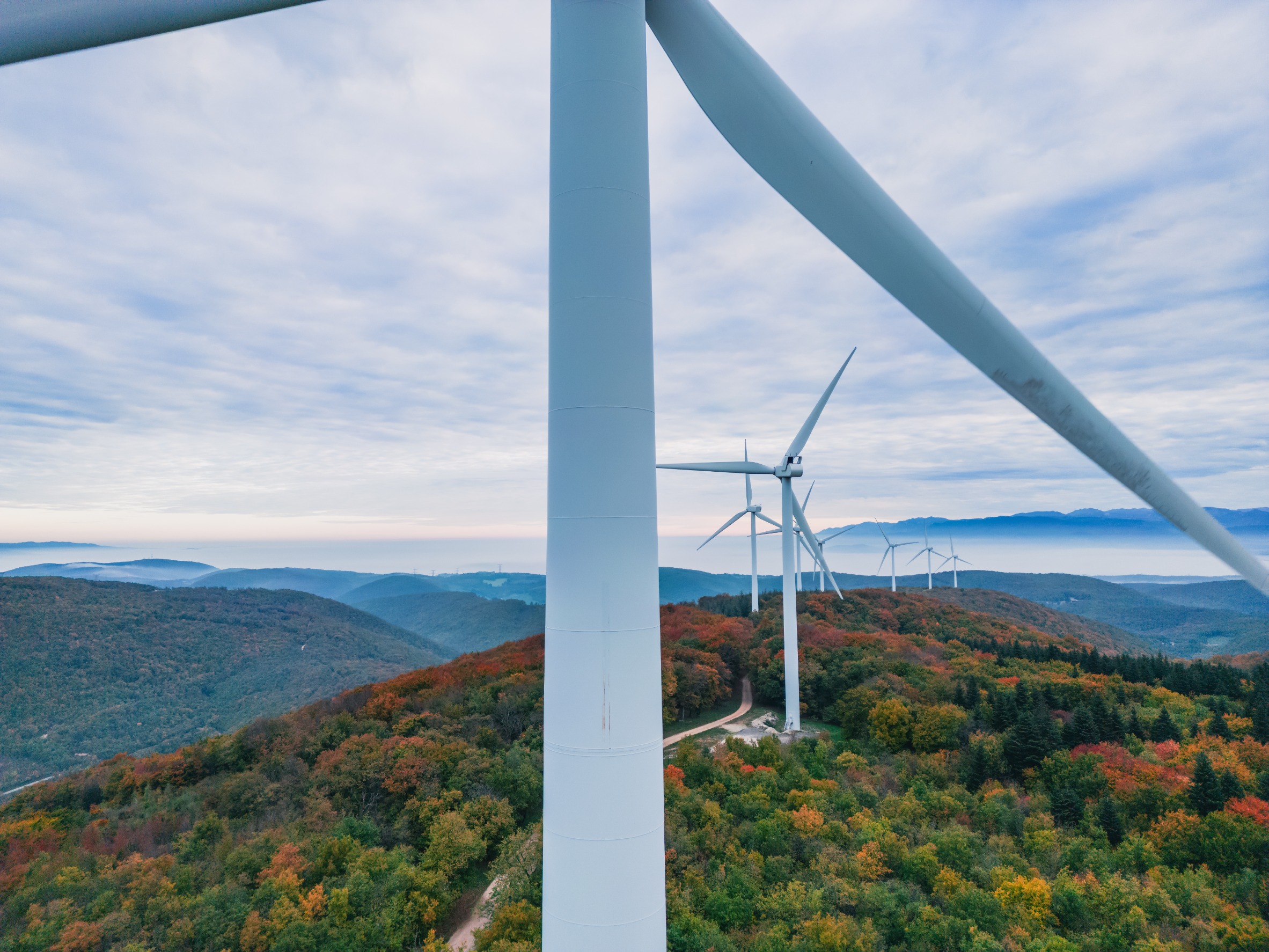BY THE OPTIMIST DAILY EDITORIAL TEAM
Global investment in clean energy is expected to hit new highs in 2024, nearly double the amount spent on fossil fuels. Despite economic constraints and greater financing costs, the clean energy sector is benefiting from improved supply chains and lower costs for renewable technology, according to the International Energy Agency’s (IEA) most recent World Energy Investment report. Total global energy investment is expected to exceed $3 trillion for the first time, with $2 trillion going toward sustainable energy solutions. Meanwhile, large investments in rural sustainable energy projects in the United States are accelerating the change.
Clean energy takes the lead
The IEA research underlines a crucial milestone: in 2023, investment in renewable power and grids will surpass fossil fuels for the first time. This trend will continue in 2024, with $2 trillion going into clean technologies such as renewables, electric vehicles, nuclear power, energy storage, and efficiency improvements.
“Clean energy investment is setting new records even in challenging economic conditions,” stated IEA Executive Director Fatih Birol. “For every dollar going to fossil fuels today, almost two dollars are invested in clean energy.” This rise, fueled by strong economic and environmental incentives, represents a shift in global priorities.
The Biden-Harris administration’s $7.3 billion investment in rural clean energy projects across 23 U.S. states reflects this global trend. These measures, announced through the Empowering Rural America (New ERA) program, represent the greatest rural electrification endeavor since President Franklin D. Roosevelt’s New Deal in the 1930s, which delivered electricity to underserved rural communities.
Historic US investment in rural clean energy
The New ERA program aims to provide clean, cheap energy to rural regions while also creating jobs and lowering emissions. “Today’s awards will bring clean, affordable, reliable power to rural Americans all across our nation,” said John Podesta, senior advisor for international climate policy.
The 16 projects sponsored by the administration’s Investing in America initiative would create more than 10 gigawatts (GW) of renewable energy, including solar, wind, nuclear, and hydropower. These projects are estimated to reduce greenhouse gas emissions by at least 43.7 million tons per year, which is equivalent to removing ten million cars from the road. According to the United States Department of Agriculture (USDA), these initiatives will directly help 20 percent of farms, rural homes, schools, and businesses in the United States, cutting energy prices and improving electric grid reliability.
“This is the largest investment in rural electrification since FDR and the New Deal,” he remarked. “One in five rural Americans will benefit from these clean energy investments.”
Solar power leads the way
Solar photovoltaic (PV) technology continues to drive the global clean energy transformation. Investment in solar PV is predicted to reach $500 billion by 2024, exceeding spending on all other energy generation technologies combined. With continuous cost reductions in solar modules, the industry is poised for a surge of new investment, particularly in China, which accounts for the majority of global clean energy spending.
The New ERA program is also driving solar power expansion, providing 4,377 megawatts (MW) of solar energy to rural American towns. These initiatives, together with wind, nuclear, and hydropower developments, will boost energy security while creating over 20,000 jobs.
Disparities in emerging markets
Despite the global trend, the IEA analysis identifies significant disparities in renewable energy investment by location. While China, Europe, and the United States dominate the renewable energy scene, investment in emerging and developing economies—excluding China—is still low. Clean energy spending in these regions is likely to top $300 billion for the first time, yet this still represents just 15 percent of the worldwide total.
The high cost of funding continues to stymie the expansion of new projects in many developing nations, where access to inexpensive and sustainable energy is crucial. “More must be done to ensure that investment reaches the places where it is needed most, in particular the developing economies where access to affordable, sustainable, and secure energy is severely lacking today,” Birol said.
Oil and gas investment is still rising
While clean energy remains a hot topic, investment in fossil fuels is not declining. Global upstream oil and gas investment is expected to increase by seven percent in 2024, reaching $570 billion, primarily driven by national oil corporations in the Middle East and Asia. According to the research, coal investment is increasing, with over 50 gigawatts of new coal-fired power projects approved in 2023—the highest level since 2015.
Despite these gains, fossil fuel investment still falls short of clean energy spending, reflecting a broader worldwide shift toward sustainable alternatives.
Accelerating the clean energy transition
The increase in renewable energy investment represents a watershed point in the global energy transition, and significant programs such as the Biden-Harris administration’s New ERA program are aiding rural and underprivileged communities. However, considerable problems persist, particularly in emerging economies where renewable energy investment lags. As the world transitions to a cleaner, more sustainable energy future, guaranteeing equal access to these investments will be critical to achieving climate targets and ensuring global energy security.











